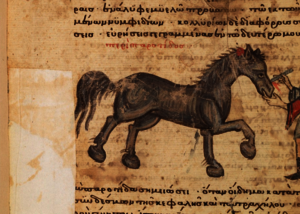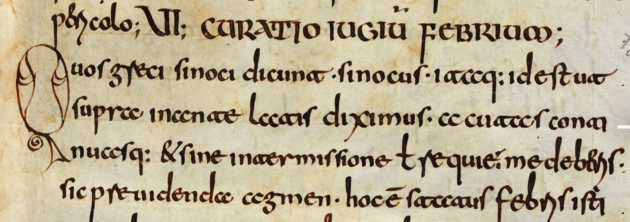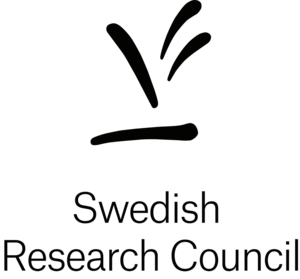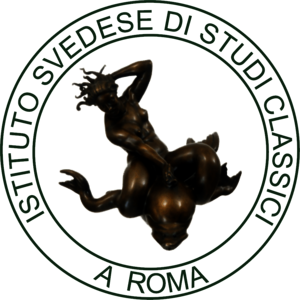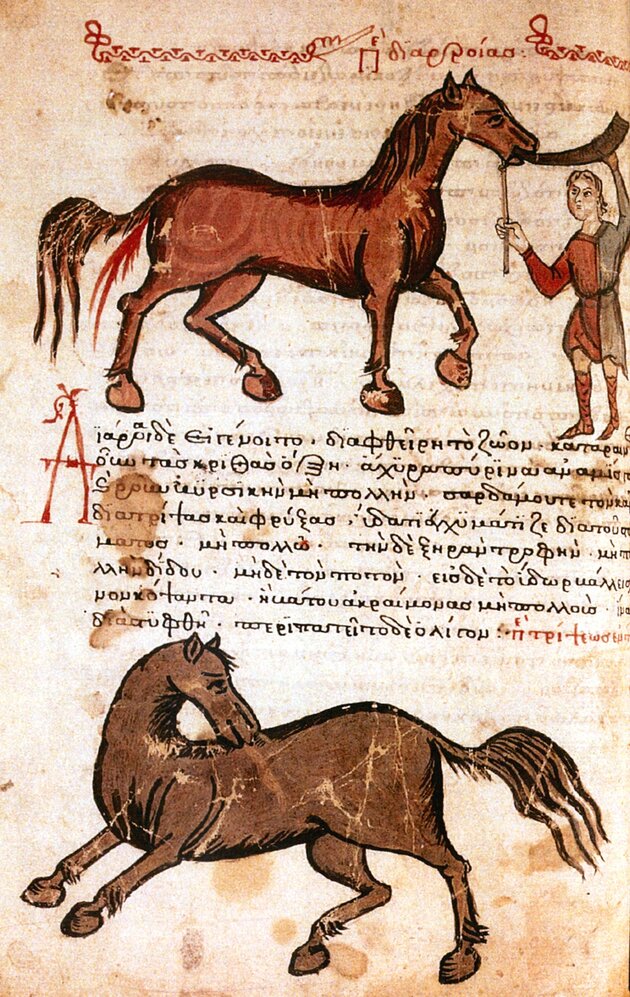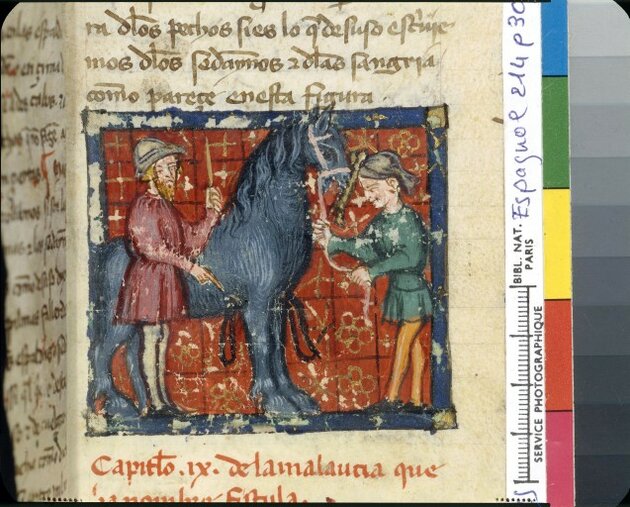HIPPO: Knowledge, Magic and Horse Medicine in Late Antiquity
A collaborative project between Lund University (project owner) and Istituto Svedese in Rome, funded by the Swedish Research Council.
This project, funded by the Swedish Research Council (2021-2025), studies ancient hippiatric texts, handbooks and instructions on how to cure and care for horses.
Much of the ancient world was founded upon the use of horse power. The horse was used in all aspects of society – agriculture, war, logistics, trade, entertainment – as well as being an important cultural symbol. It is therefore not surprising that we also find handbooks and veterinary works from antiquity, describing how to best treat and care for the horse. One of the most prominent veterinarians, who wrote down his advice in Latin, was Pelagonius. Greek veterinary works are generally not preserved in their entirety, but only as excerpts collected in the extensive Greek anthology Corpus Hippiatricorum Graecorum (or Hippiatrica), probably created in the 5th and 6th centuries AD. Many authors were included in the Hippiatrica, but two of the most prominent were Apsyrtos, who wrote in Greek, and Pelagonius, whose Latin works were translated into Greek. Several works as well as redactions of the Hippiatrica were so popular that they were translated into many languages, including Arabic, Syriac, Armenian, and into vernacular languages such as Medieval Italian and Spanish. There are no modern English translations of the Hippiatrica. Moreover, some of the material included in the various redactions of the compilation is unpublished and most of the editions that exist are outdated or scientifically unsatisfactory. This textual treasure therefore often remains overlooked and neglected.
The project has two objectives: the first is to make ancient texts on equine medicine, known as hippiatric texts, available to scholars and the wider public in an open access database and digital platform.
The database will also contain structures, parallel references and texts from previously published editions and translations. It will thus become a searchable archive of texts, but above all an advanced research tool for collecting, analysing, visualizing and comparing complex textual traditions.
Texts in manuscripts related to the two most central authors Apsyrtos and Pelagonius will be identified, transcribed and translated into English. In the manuscripts we will find different types of organisation of the material, which is usually not apparent in the existing editions. The database will also contain structures, parallel references and texts from previously published editions and translations. It will thus become a searchable archive of texts, but above all an advanced research tool for collecting, analysing, visualizing and comparing complex textual traditions. The second objective is to analyse the content and study what it can teach us about the worldview of the ancient man, the place of the horse in society and the perception of knowledge. The texts of Apsyrtos and Pelagonius represent several different genres, but above all the letter form dominates. What can these texts tell us about the ancient educational tradition and the rhetorical exercises that played a major role in school education?
What can this text collection teach us about how the boundaries between humans, animals and spirit beings were viewed in antiquity, and about how knowledge was viewed and who had the right to define what science and knowledge were in antiquity?
Several texts in the Hippiatrica contain what are today often identified as magical elements, formulas that invoke spirit powers and gods of various kinds in the diagnosis and cure of horses. Through divination and magic, people were thought to be able to influence their lives for the better. In the hippiatric texts, however, these passages are not separated from those dealing with the “natural sciences”. This project will also study the relationship between these “magical” elements and the otherwise pragmatic content of the texts. What can this text collection teach us about how the boundaries between humans, animals and spirit beings were viewed in antiquity, and about how knowledge was viewed and who had the right to define what science and knowledge were in antiquity?
The project includes three researchers and two IT architects: Britt Dahlman (PhD in Greek, Centre for Theology and Religious Studies (CTR), Lund University), Elisabet Göransson (Project manager, Associate professor of Latin at the Language and Literature Centre (SOL) and researcher in Latin at CTR), Paul Linjamaa (Associate professor of History of religion, CTR), and IT architects Kenneth Berg and Leif Trulsson. The project is managed by CTR at Lund University during the project period, and is also a collaborative project between Lund University and the Swedish Institute in Rome. The primary result of the project will be a relational MySQL database (HIPPO) with a web application that will be called “Hippiatrica – a digital library and research tool”. The digital platform will serve as a research and search tool for those interested in hippiatric texts from Antiquity to the early Middle Ages (editions, translations and manuscripts). Upon completion of the project, the digital platform Hippiatrica will be open and searchable from the Swedish Institute in Rome via the Institute’s website and the URBIS Library Network, where all resources linked to the libraries of a larger number of academic institutes in Rome are searchable.

